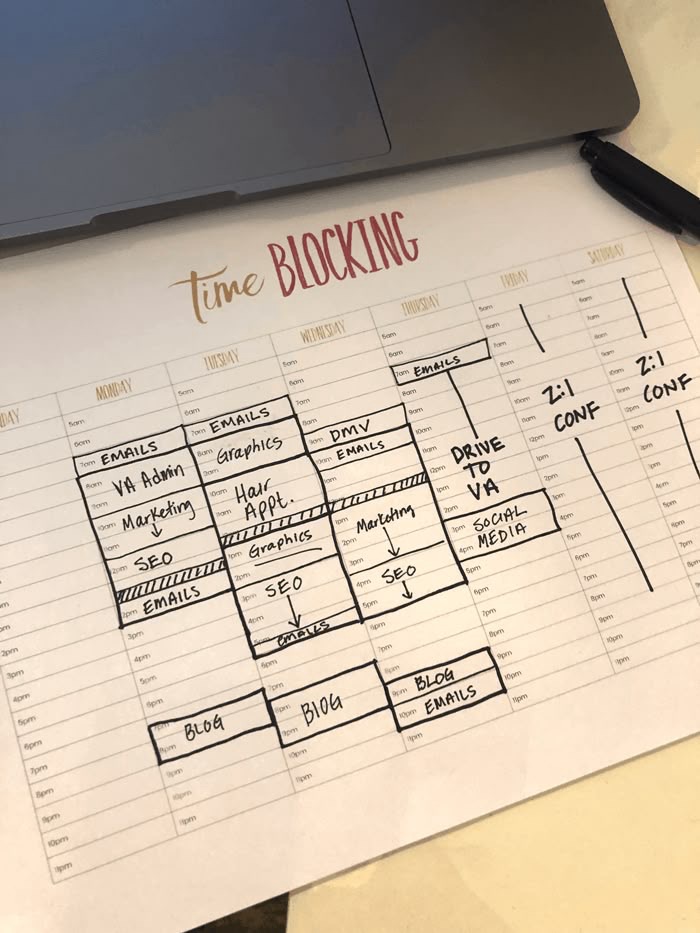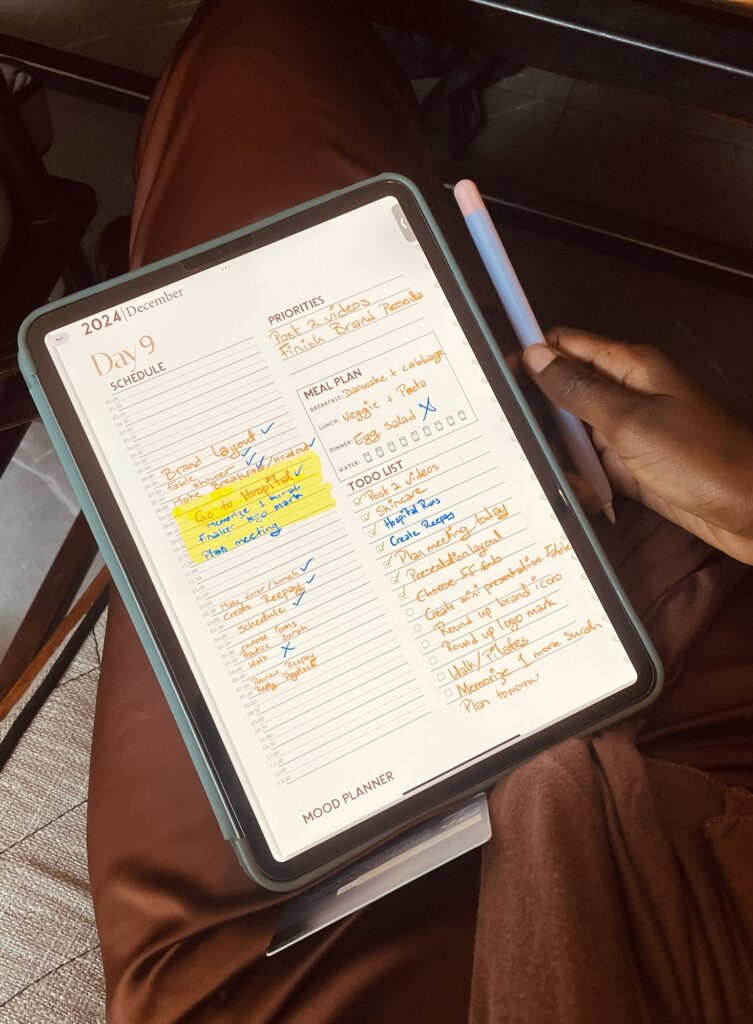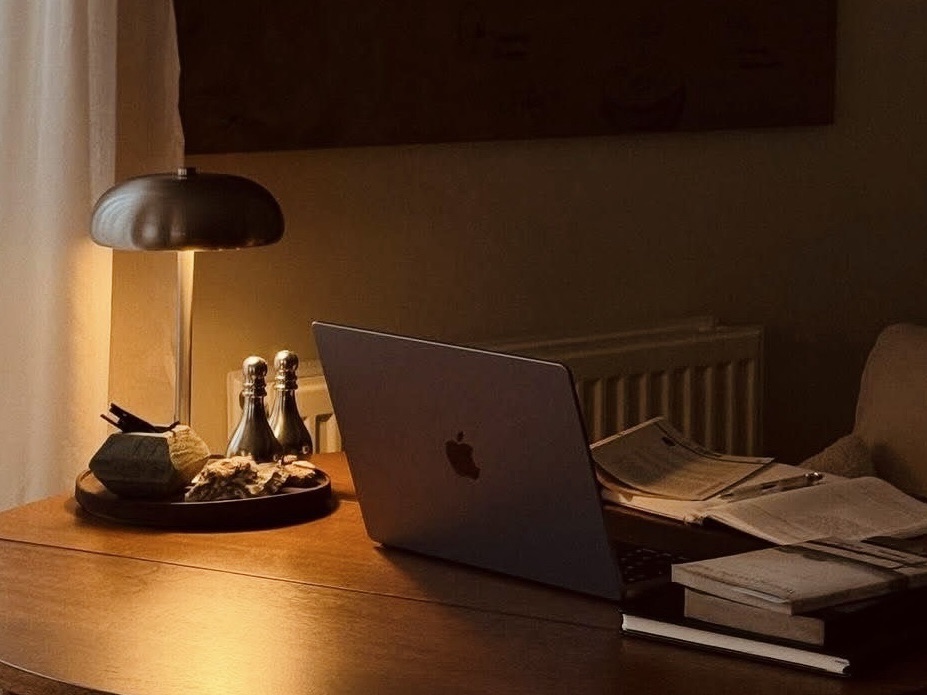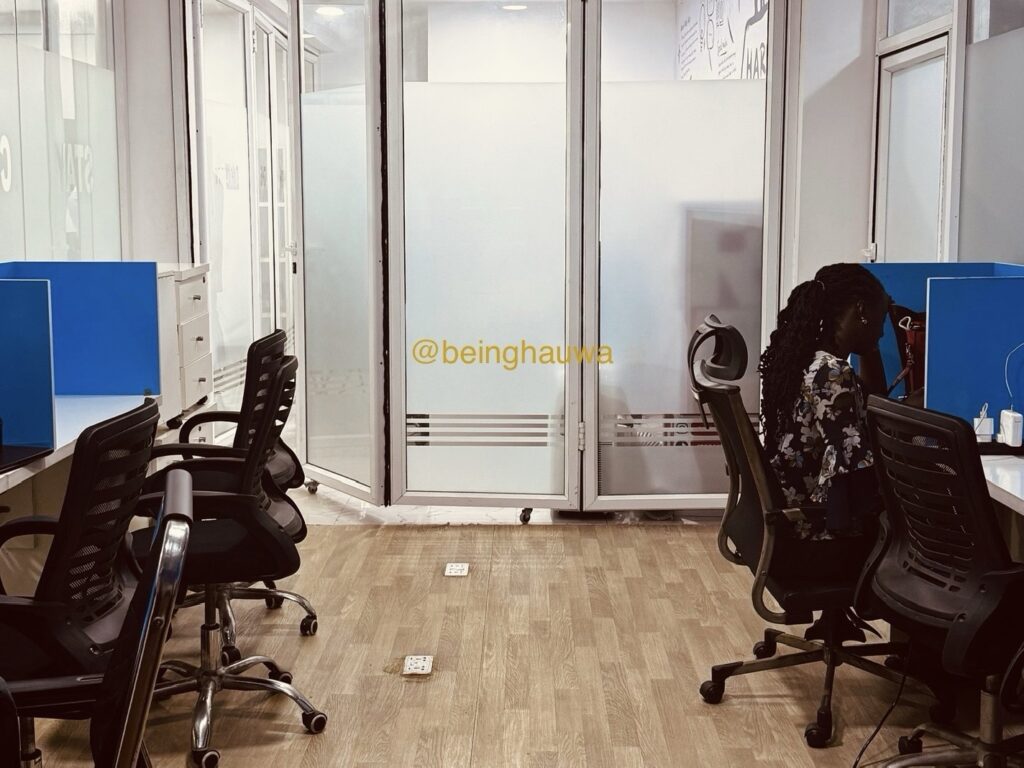Your cart is currently empty!
If you’ve ever ended a workday feeling like you did a lot, but somehow none of it was the “important” stuff, this post is for you. As freelancers, our days are filled with client calls, creative tasks, admin, proposals, and sometimes personal commitments. Without structure, distractions and overwhelm sneak in.
That’s where Time Blocking comes in. It’s a productivity method that lets you plan your day in blocks dedicated to specific categories of work, deep focus time, admin, meetings, even rest. Over time, you’ll learn what blocks work for you, how long tasks really take, and how to protect the hours you need most.
What Is Time Blocking?
Time blocking is a simple yet powerful productivity method where you schedule your entire day into blocks of time, each dedicated to a specific task or category of work. Instead of jumping from one thing to another, you work intentionally within these focused periods. Think of it as creating appointments with yourself to get things done.
Unlike a to-do list, which can easily get overwhelming, time blocking forces you to be realistic about how much you can actually accomplish in a day.

Why Time Blocking Works
At its core, time blocking helps fight one of the biggest enemies of freelancers, distraction. When you block your time, you reduce decision fatigue, improve focus, and train your brain to respect boundaries between work and rest.
Research from the American Psychological Association shows that multitasking can reduce productivity by up to 40%. Time blocking eliminates that by assigning specific times for deep work, meetings, and even breaks.
It also gives you a sense of control over your day, which can be empowering for freelancers who often juggle multiple clients and personal projects.
The Science Behind It
Psychologists have found that our brains thrive on structure. Time blocking provides mental cues that tell your brain when to switch from one mode of thinking to another, from creative to administrative, from focus to rest.
Daniel Pink, in his book When: The Scientific Secrets of Perfect Timing, emphasizes how understanding our natural energy cycles helps us work smarter. Morning people, for instance, might block creative tasks in the early hours, while night owls might save that energy for later.

How to Start Time Blocking
Start simple. Here’s a step-by-step breakdown:
- List your tasks – Identify what needs to be done for the day or week.
- Categorize them – Group them into categories like deep work, admin, meetings, creative, personal, or rest.
- Estimate time – Assign realistic durations to each task.
- Block your calendar – Use digital or paper planners to mark your time blocks.
- Stick to the schedule – Respect your blocks like appointments.
At first, you’ll probably underestimate or overestimate how long things take. That’s normal. The key is to review and adjust weekly. This is why i swear by the full focus planner, it allows you do just that.
What to Include in Your Time Blocks
For freelancers, it’s not just about work. You’ll need to include:
- Client work and revisions
- Administrative tasks (emails, invoices, proposals)
- Personal brand growth (content creation, networking)
- Skill development
- Breaks and leisure time
- Deep rest and wellness
Time blocking lets you design a balanced life, not just a productive one.
Time Blocking vs. To-Do Lists
To-do lists show you what to do. Time blocking tells you when to do it. The key difference is accountability. When something is blocked into your schedule, you’re more likely to do it. It also helps prevent burnout because you can visually see when your day is too full.

Recommended Tools for Time Blocking
While there are great tools like Google Calendar, Notion, or Todoist, my favorite method for freelancers is using a the 2025 full focus planner. My Full Focus Digital Planner was designed with this in mind, it already has each hour of the day blocked out. All you have to do is fill it in and stay on track.
You can find it on my website.
Common Mistakes to Avoid
- Overloading your schedule — leave buffer time between tasks.
- Not adjusting for energy levels.
- Forgetting to block personal or creative time.
- Ignoring review days. Always reflect on what worked or didn’t.
For Freelancers in Nigeria: Why This Matters
Freelancers in Nigeria often face unique challenges, unstable internet, multiple responsibilities, and inconsistent client timelines. Time blocking can bring structure and predictability into an otherwise chaotic workday. It helps you see exactly where your time goes and plan your day around energy and environment, not just availability.
For even more freelancing tips, check out my detailed post on Freelancing Websites for Nigerians. It’s a great starting point if you’re still building your client base.

Bonus: How Time Blocking Helped Me Reach My First 100K Freelancing
When I started freelancing, I struggled to find balance between pitching clients, working on projects, and personal time. I was constantly busy but rarely productive, until I started blocking my time. That simple shift changed everything.
If you’re still trying to make your first 100K freelancing, I created a free ebook that breaks down exactly how I did it, from setting rates to finding consistent clients. You can download it directly from my website.
Final Thoughts
Time blocking isn’t just a productivity trick, it’s a mindset shift. It teaches you to take control of your hours instead of letting your hours control you. As freelancers, that’s one of the most valuable lessons we can learn.
Start small. Block one day this week. See how it feels. Adjust as you go. Productivity doesn’t have to be rigid, it just needs to be intentional.




Leave a Reply